What are the varieties of barley, their characteristics and description
Barley is the oldest agricultural crop grown for food, fodder and technical needs. Refers to nutritious cereals. As a result of its processing, flour, pearl barley and barley groats, a drink resembling coffee are obtained. It is often used in brewing.
What are its main features and what are the most popular varieties, we will consider further.
The content of the article
Characteristics of barley
Barley is a perennial or annual plant with 40 species, belongs to the genus Hordeum from the Poaceae family of bluegrass (Gramineae).
Description of the plant
The inflorescence is an ear 10 cm long and consists of a thin flat elbow rod. Several flowers grow on the sides, depending on the variety.
The grain is an oblong, unopened three-part fruit: embryo, membranes, endosperm. Stems with well-developed nodes with flat leaves. The culture blooms in early summer, by the end of the season they harvest.
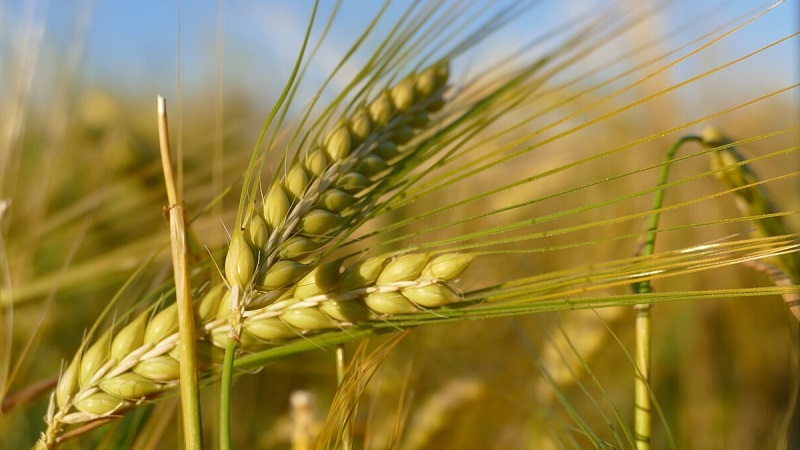
Chemical properties and composition
Barley grain contains 65-69% carbohydrates, 21% fats, 7-17% proteins, about 5% fiber, 1.5-2.5% ash.
The composition is also rich in nutritious and useful components, among which:
- cellulose;
- acids;
- starch;
- enzymes - protease, amylase, peroxidase and others;
- B vitamins;
- minerals - Ca, Mg, K, P, Fe;
- salt.
Barley varieties: description, characteristics, differences
The structure of a barley spike is different from other spikes... The main seta, which is located in the groove of membranous grains at their base, is long-haired or short-haired according to the degree of pubescence.
Each spikelet ledge contains three spikelets... One or all three ears grow and bear fruit. With this in mind, barley is divided into three subspecies.
Multi-row barley (vulgare)
Annual spring crop native to East Asia... The spike consists of six rows of grains, with the main seta short-haired. Three fully developed fruiting spikelets are located on the ledge of the spike base. The ears are distinguished by yellow, black, brown colors, different compactness and length. The grains are open or covered with a film, the middle ones are arranged symmetrically, and the lateral ones are random.
Important! The species is characterized by drought resistance, cold resistance, and high productivity.
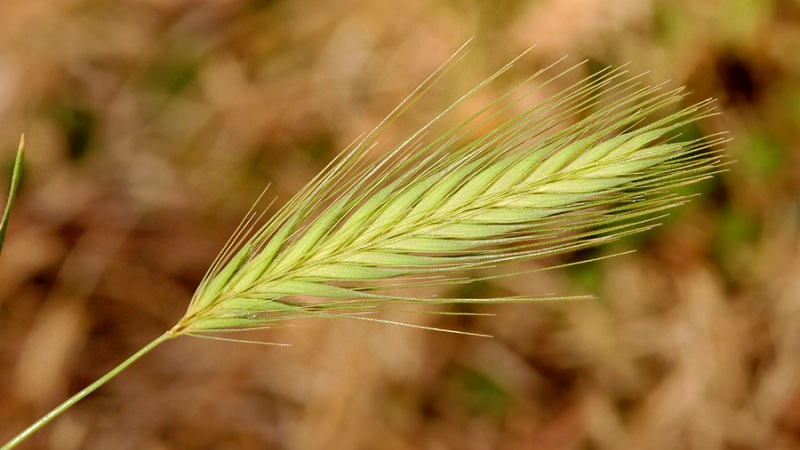
The multi-row view is divided into two groups by density:
- correctly six-rowed, where dense spikelets in the section make up the correct hexagon;
- incorrectly six-rowed - are loose spikelets that form a tetrahedral shape (square or rhombus).
Two-row barley
Annual herbaceous culture native to Central Asia... Includes spring and winter varieties. Plant with erect straw, from half a meter to a meter high, linear flat ears of black, brown or yellow.
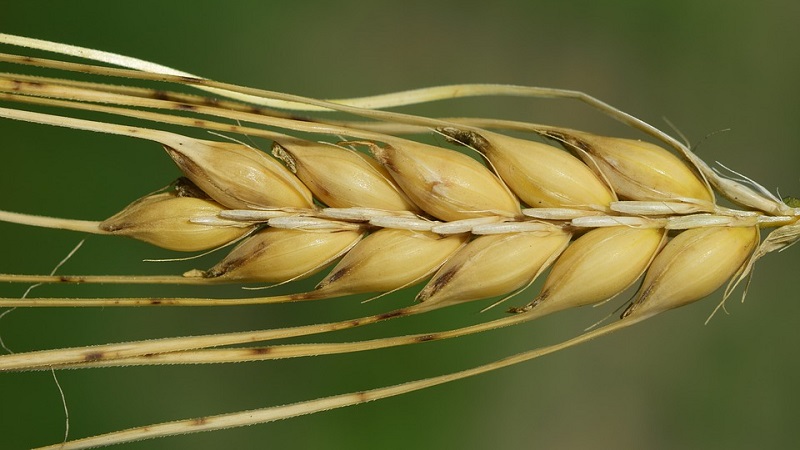
Spikelets awnless or furkatny, bearing straight, long, fanning awns... Grains are filmy, yellow or black, collected in three spikelets located on the ledge of the rod. Of these, only the middle ear bears fruit. The main seta is long-haired.
Intermedium
Rare. The ledge of the spikelet contains from one to three fruiting spikelets; the spike develops six-rowed. The intermediate type of barley has no production value.
Interesting about culture:
How to make barley malt at home
Simple barley moonshine recipes
The benefits and harms of a coffee drink made from barley and rye
Varieties
Now let's dwell in more detail on specific varieties of barley.
On the Internet, on thematic forums, summer residents often ask different questions: what is Despina's barley and Pamyati Chepelev's barley, a description of the Explorer, Kalkul, Prairie, Beatrice, Nur variety, the characteristics of the Raushan variety, reviews of Canadian barley, etc. We will focus on the main ones and we will share with you useful information about the most popular varieties.
Winter varieties
Poorly tolerate sudden changes in temperature in winter and autumn periods... They are sown in September, when the average daily air temperature reaches + 11-12 ° C. Sowing earlier reduces crop yield.
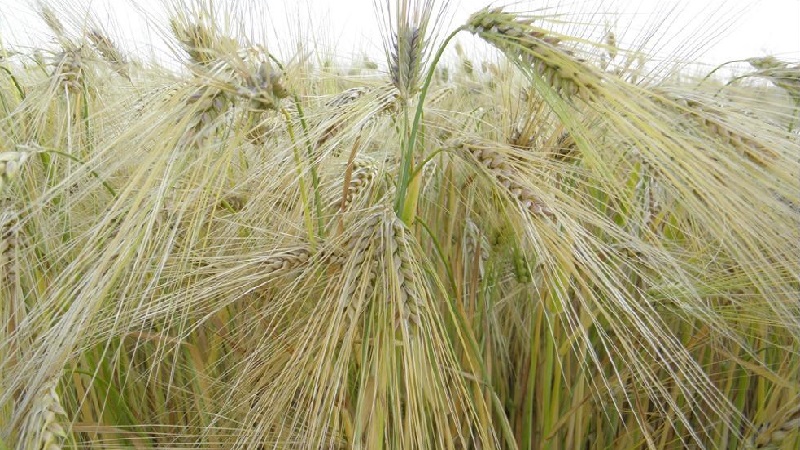
Recommended for growing in regions with mild winters... Depending on the variety and region of growth, the total growing season is 230-290 days. It is used as a protein feed for livestock, in the production of cereals and the brewing industry.
It is interesting. In spring, winter varieties develop faster and yield earlier crops than spring varieties.
Most popular varieties:
- The ark... It has a high protein content, the weight of 1000 grains is 52 g. The grain is slightly pubescent, resistant to shedding. Ripens 275 days after sowing, yield - 64 kg / ha.
- Selena Star... A high-yielding variety, a yield of 78 kg / ha was recorded. The stem reaches a height of 1 m, the ripening period is 285 days. The grain is resistant to diseases and shedding, the weight of 1000 grains is about 47 g.
- Hard worker... High protein content. The yield is 60 kg / ha, ripening - 288 days after emergence. Drought tolerant. The weight of 1000 grains is 44 g, the height of the stem is about 1 m.
- Dobrynya 3... Under favorable conditions, the maximum yield is achieved - 99 c / ha. The plant reaches a height of 95 cm, resistant to powdery mildew, dwarf rust. Weight of 1000 fruits 42 g.
- Casket... Spikelets are 6 cm long, stems are resistant to lodging and drought. The grains ripen in 276 days, are rarely exposed to diseases, the weight is 1000 pcs. - 41 g.
- Rostov 55... The stem is 85 cm high, the ear length is 5 cm. The plant is resistant to diseases, the crop is harvested in 270 days, the average yield is 45 c / ha. The mass of 1000 grains is small - only 38 g.
- Prikumsky 50... A variety with an early ripening period - 225 days from the moment of germination. Subject to the rules of crop rotation, the yield is 60 c / ha. The stem grows 80 cm high, the spikelet is 5 cm long. The grain weight is 0.042 g.
- Babylon... High yielding variety with high protein content and increased disease resistance. Grain weight 0.046 g. Productivity 90 kg / ha, ripens after 250 days.
- Skorokhod... Resistant to known leaf diseases, ripens after 220 days. The yield reaches 80 kg / ha, the grain weight is 0.040 g. The height of the stem is not more than 1 m, the ear is straw-yellow in color.
Spring varieties
Groats and flour are made from spring barley... When baking baked goods in its pure form, it is not used, it is mixed with wheat and rye flour in an amount of 20-25%. Grain is used to feed horses and pigs, and is used in the production of alcohol and beer.

Famous varieties and hybrids:
- Viscount... Fodder intraspecific hybrid with an erect hollow stem of medium thickness, the growing season is 73-127 days. Grain weighing 0.042-0.054 g with a high protein content. The harvest rate is 70 kg / ha. Resistant to diseases and soil and climatic changes.
- Vakula... Differs in an early ripening period - 100 days. The yield is 7 t / ha. It tolerates transportation well, is resistant to disease and climate change. The grains are low-film, large, weighing 0.06 g, with a low protein content, therefore they are used in brewing.
- Mameluke... It develops intensively at the initial stages of growth due to its high photoperiodic sensitivity.Lodging resistance is average, but despite this it is included in the Russian list of valuable varieties. The grain is used for fodder and for the production of cereals. Productivity is increased at early sowing dates, the yield is 68-70 c / ha.
- Duncan... Bred in Canada. Due to its high yield and germination capacity, it is grown all over the world. The strong stem provides resistance to lodging and overmoting. The grain weight is 0.049 g, the yield reaches 8 t / ha.
- Priazovsky 9... A plastic, drought-resistant variety, included in the Russian list of valuable varieties. It has a short growing season - 80-82 days, yield 42-63 c / ha. Resistant to powdery mildew, dwarf rust and most pests. Grain weight 0.045-0.055 g.
- Heather... The height of the stem is 80-85 cm, the grains are elongated, even, weighing 0.046 g. Resistant to drought, ripens in 85 days, yield 48 kg / ha.
- Helios... Characteristics are similar to Vakula, with higher grain quality and increased yield. The ripening period is 90-93 days, the yield is 49 kg / ha.
Read also:
High-yielding varieties
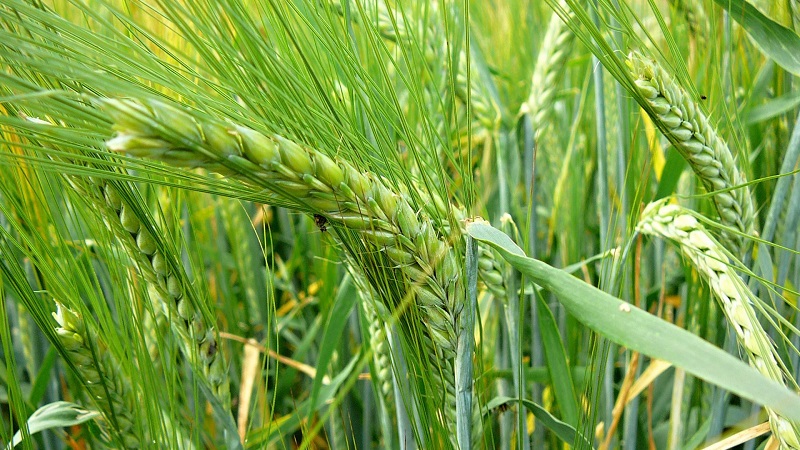
From spring and winter varieties the most productive are:
- Worthy... The height of the stem is 1 m, the grain is yellow, elongated, weighing 0.043 g. Differs in increased resistance to cold and disease. The crop is harvested in 270 days, productivity is 100 kg / ha.
- Helios... Fruiting in 95 days, resistant to lodging, shedding, disease. Grain weight 0.05 g, stem height 80 cm. Productivity 89 kg / ha.
- Mikhailo... The variety with a meter stem is suitable for growing in all regions, yields 95 kg / ha, ripens in 250 days. The grain is round, large, weighing 0.05 g.
- Elf... Kernels weighing 0.055 g with a high protein content. It matures in 95 days, does not crumble, the yield reaches 9 t / ha. The plant is drought tolerant.
Brewing varieties
High quality grain varieties are used in brewing... In total, breeders have bred several hundred varieties of malting barley, each yielding a crop only in a certain climatic zone. European farmers grow six- and two-row winter varieties, in Russia preference is given to spring crops.
Important! It is not advisable to use barley with a protein content of less than 9%, as it produces a beer with a weak foam.
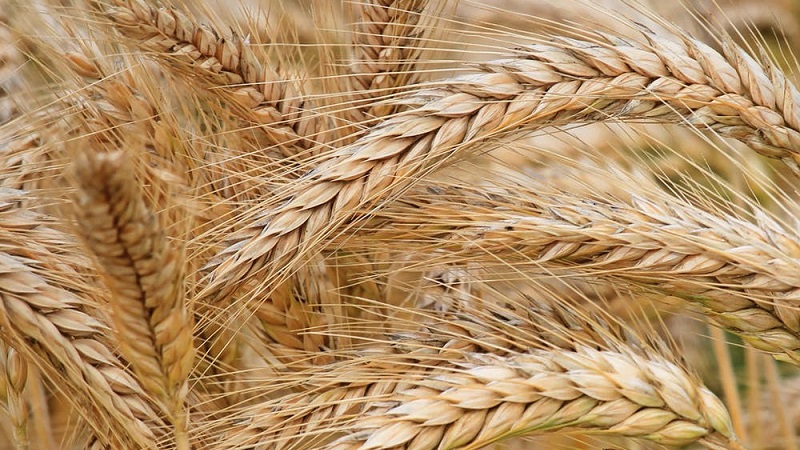
Most common:
- Bios 1... Stem 0.8 m high, grain 0.054 g with high protein content. Resistant to most of the known diseases, ripens 100 days after sowing, yield - 49 kg / ha.
- Traveller... Large elongated grains weighing 0.052 g. The stem is resistant to lodging and diseases. Ripens in 80 days, 33 centners of the crop are obtained per hectare.
- Gin... Sturdy stem, 85 cm high with an 8 cm spike. Resistant to climate change. Harvested 90 c / ha 85 days after germination.
- Eiffel... Cylindrical spikelets yield a yield of 4 t / ha after 89 days. The stem is not prone to lodging, it is characterized by increased immunity to diseases.
- Scarlett... Ear of low density, loose. Weight of caryopses 0.05 g. Recommended for growing in regions with black soil. Productivity 6.5 t / ha. Cleaning is performed after 90 days.
- Consita... Harvesting in 80 days, yield - maximum 88 kg / ha. Spikelets with waxy bloom, grain weight - 0.055 g. The variety is resistant to lodging, not susceptible to head smut.
Conclusion
When choosing a variety for cultivation, they are determined for the purpose of cultivation, take into account the region for cultivation and the required volume of the expected yield.
Spring varieties are suitable for food purposes. Special varieties have been developed for brewing. A competent choice will allow you to get a high-quality product suitable for the implementation of the task - obtaining grain for the food industry, feed or other purposes.